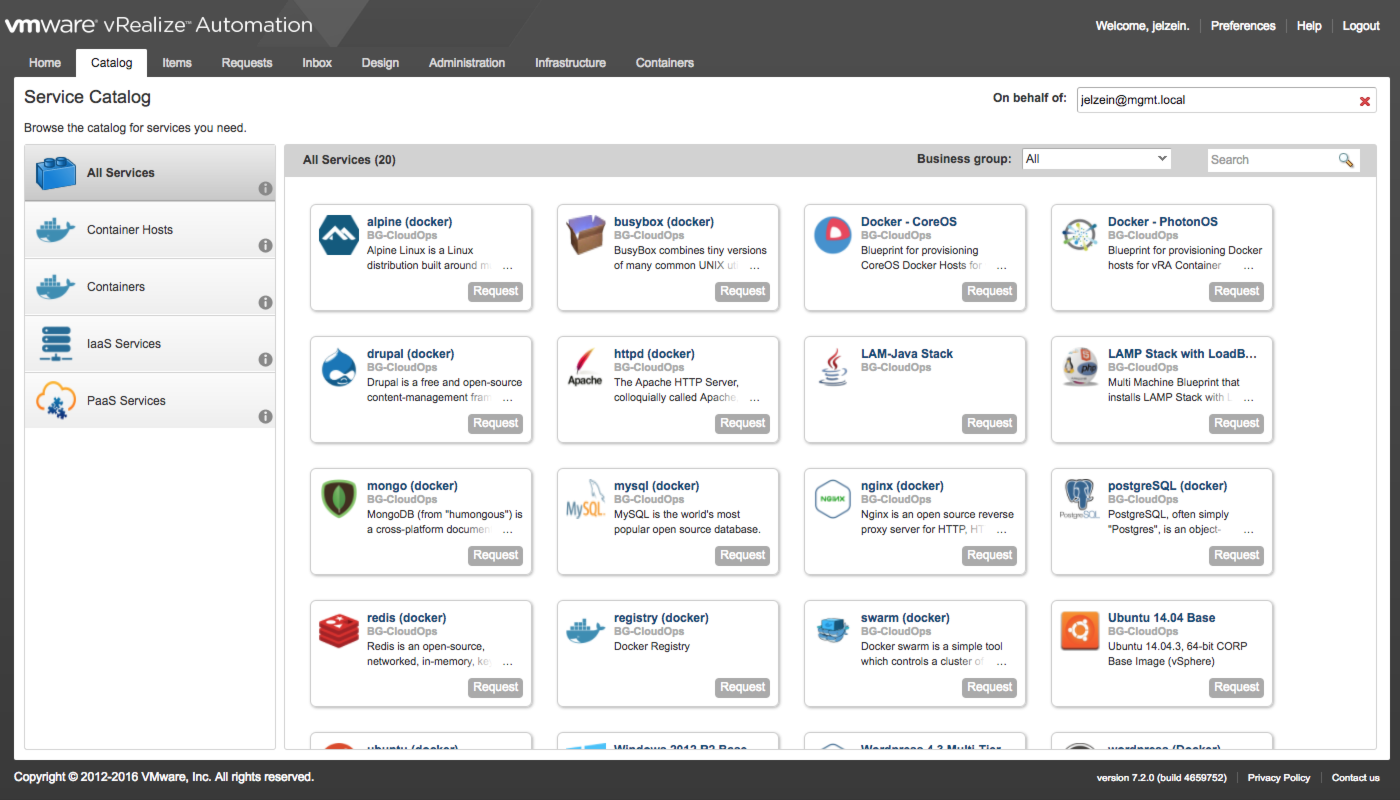A driving factor of virtualization in the old days was the immediate efficiencies that were realized with each P2V. It was money in the bank each time consolidation ratios increased and fewer physical boxes were required. In the physical world, we tried to ensure each OS and associated app(s) had plenty of excess CPU, memory, and storage resources available to it…just in case they were needed at some point in the future. The target utilization rate was typically under 20% (often less than half that) and a sustained rate above that was a cause for concern. In contrast, virtualization aspired resource utilization rates of 60-80% per host and a little below that cluster-wide. While high utilization became the new norm, over-provisioning of resources was typically avoided (at least in production).
Fast forward to the cloud era (private / public, doesn’t matter), where over-provisioning of machines consuming shared resources is a necessary evil for driving efficiencies at every level of infrastructure and scale. This is especially true for infrastructure-as-a-service. This evil is also one of the benefits…it’s what helps deliver the perception of unlimited resources to the consumer without actually making that kind of investment. While the cost of spare capacity has become less of an issue over time, over-provisioning of resources remains a common practice for many small shops, enterprises, and service providers alike.…
![[virtualjad.com]](https://www.virtualjad.com/wp-content/uploads/2018/11/vj_logo_med_v3.png)
